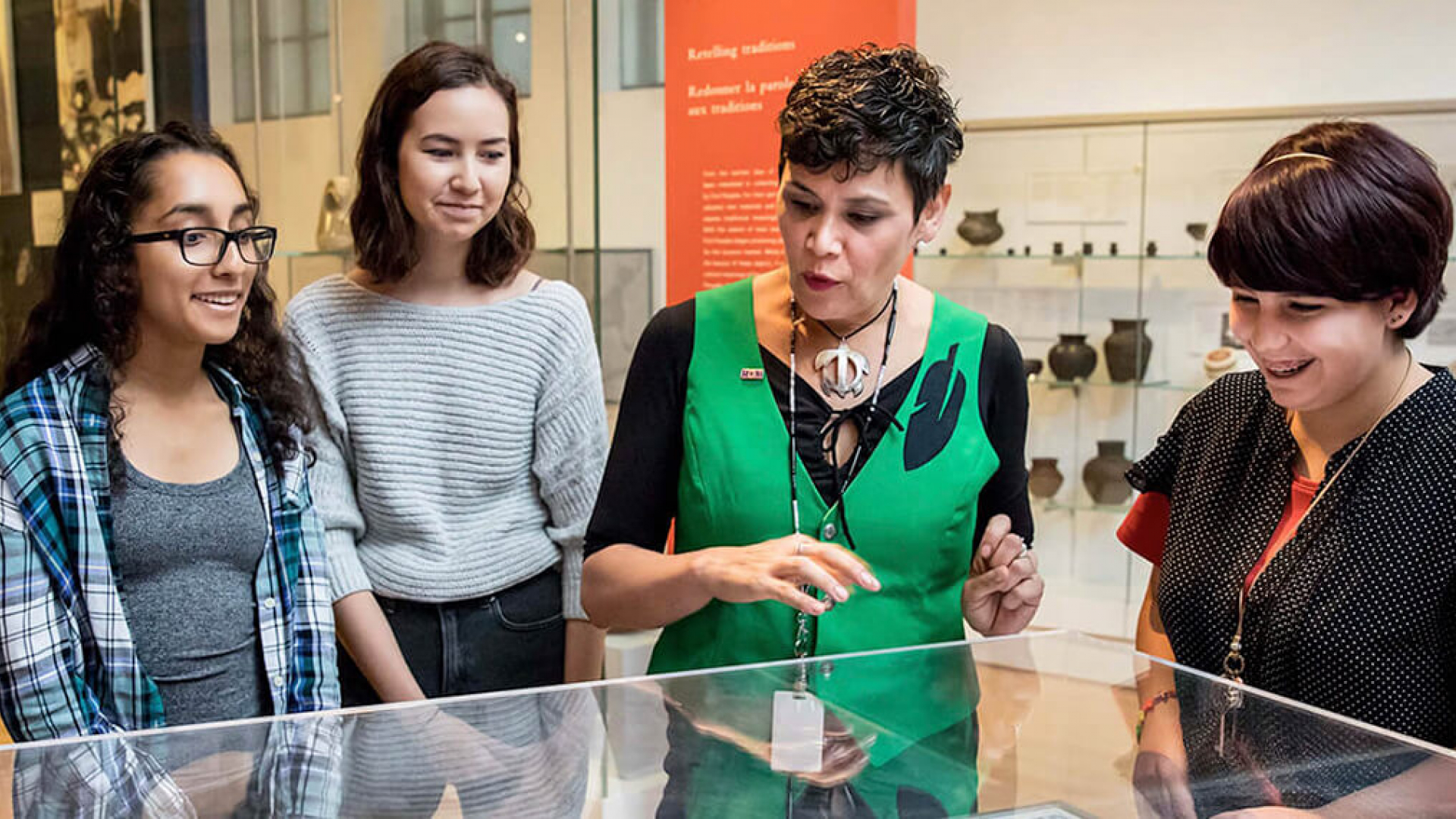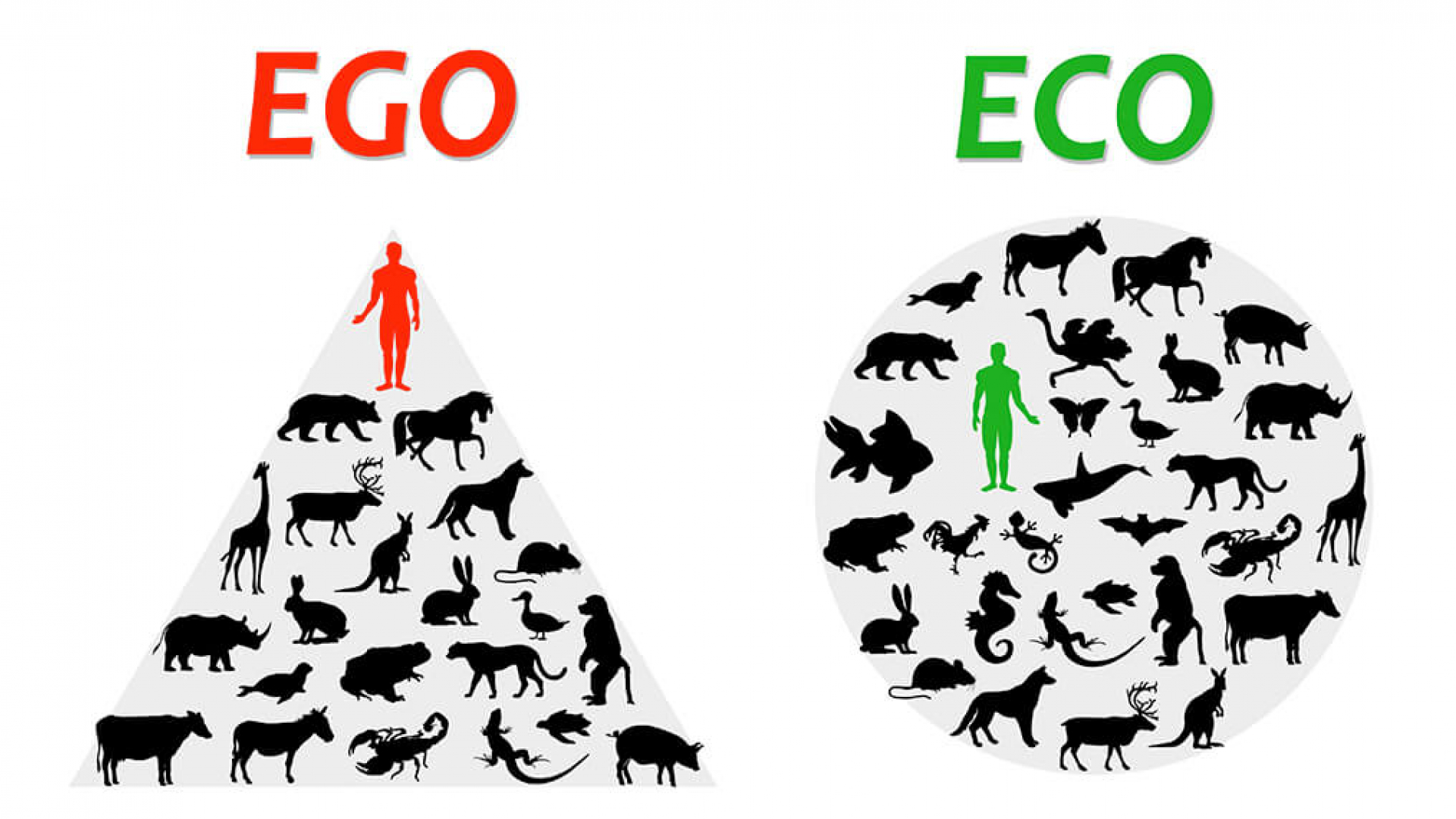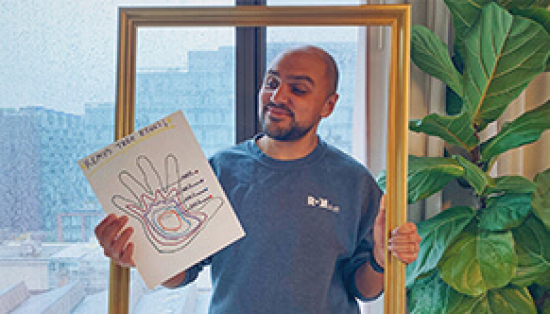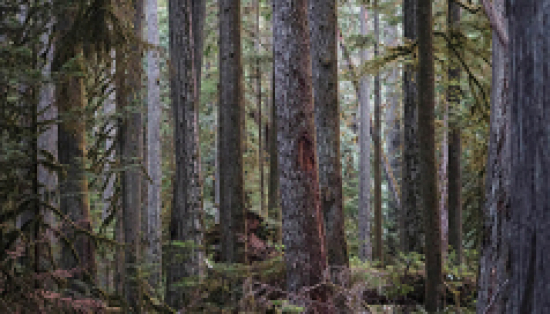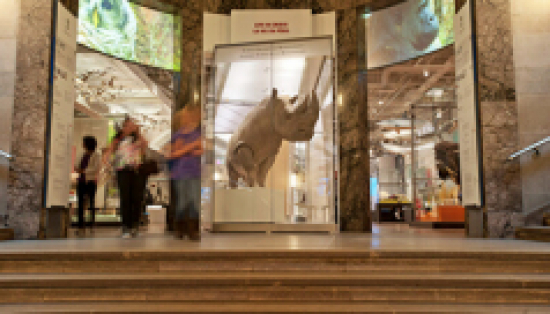Every Thursday at 10 am on Instagram we chat with a different ROM expert ready to answer your burning questions on a different subject. This week we’re talking to J’net AyAyQwaYakSheelth (One who gives away and still stands tall), the Indigenous Outreach and Learning Coordinator here at the ROM.
J’net’s work at the Museum is far reaching, and includes developing learning resources, working directly with students to understand indigenous world views, and the development of an Indigenous Advisory Circle of knowledge carriers, elders, youth and artists to assist the ROM with the authentic representation of the diverse living cultures of Indigenous peoples.
In one example of this work, J’net and the ROM Learning Department collaborated across ROM multiple departments to champion the refreshed and corrected interpretation of the Tree Cookie. The opportunity to re-examine the Tree Cookie arose from a Twitter conversation with Stan Welsey, a Cree educator who highlighted the inaccuracy of the claim that Columbus discovered America.
A wide range of stakeholders including Indigenous communities and museum staff came together and agreed the artifact could not be changed, as it reflected the beliefs of when it was created. The interpretation, not the object, could be modified to encourage visitors to consider a more inclusive world view.
The ROM’s commitment to authentic engagement with Indigenous communities is propelled by the Indigenous Advisory Committee’s guidance of the ROM Learning department to enact reconciliation through participation. We encourage you to ask J’net anything about the Tree Cookie or any aspect of her role at the ROM!
Q. Is indigenous knowledge applied through the museum? Or exclusively to objects with indigenous “roots”?
A. One of the first things I did at the museum was to have my title changed from Aboriginal to Indigenous to make more relevant global connections to how colonization took over many lands throughout the world as represented in our broad collection.
Q. What other projects aside from the Tree Cookie has the museum undertaken to bring Indigenous interpretations to objects?
A. Hack the ROM has been an exciting multi-year initiative generously funded by the Slaight Family Foundation to engage across Ontario classrooms. Our team of Indigenous Knowledge Resource Teachers, ROM Maker Space Technicians, and Indigenous Youth support staff work with grade 4-10 classrooms in the GTA and online around the province to support digital media projects inspired by the Indigenous ancestral objects and natural specimens in our object-based learning collection.
With COVID-19, this has delayed our recruitment and launch of this year's digital iteration of this program. We are still going through modifications to set-up online tutorials for educators to explore our ROM e-Museum and video resources made by our team to activate the stories and meaning of ancestral objects and Indigenous relationship, and connection to the natural world to inspire digital media projects. We have also discussed options for added support from our team via virtual online zoom-visits to support the online program delivery.
We have learned a lot about respect for ceremonial ancestral-objects and certain regalia being off-limits for use in digital media projects. We have focused more on everyday ancestral objects that explore how to live a good life and be guided by Indigenous knowledges and worldview. A lot of work is also done with the educators to better understand the appreciation of living Indigenous cultures and not appropriating and reproducing artworks without the guidance of Indigenous facilitators and knowledge carriers.
Educators are welcome to sign up for our ROM Learning E-Newsletter to learn more about Hack the ROM 2021 Spring Cohort.
Q. How do you approach teaching young children about the more challenging parts of Indigenous history?
A. Children, including the three I have raised, are open to the simple honesty that Indigenous peoples are seen as enemies of the state and church throughout history and current times if we have shown any resistance to progress.
Although Disney’s Pocahontas is loosely based on true events (the real girl was 12 years old when John Smith arrived), my daughter was a young girl when this movie came out and I would not let her watch it. She was 10 when a friend brought the video over to watch together and she begged me to let her watch it and I agreed if by the end she could tell me what was racist about the movie. Half-way through she paused the movie and said she thinks the whole movie has been racist so far and resumes watching.
We are in the 21st Century and need to be much more critical and reflective of being accurate and respectful with our languages about living Indigenous cultures that have been villainized throughout time by Western systems in power who occupy lands like nations were not ever here. We have a responsibility to the next generation to take notice of timeless Indigenous knowledges to guide everyone’s birthright for the good life that can be found in the Seven Sacred Teachings of the nations throughout Ontario. When information seems one-sided in our classrooms, it no doubt is and there are enough published Indigenous authors in every genre of literature, do an internet search for current countless resources and get informed, because today, we can.
Q. How far reaching is the contact network that the ROM has with indigenous communities?
A. As a provincial museum, we have a province-wide mandate and continue to broaden networks with urban, rural, and remote Indigenous communities throughout Ontario. In my role as the Indigenous Outreach and Learning Coordinator in the ROM Learning department, I am fortunate to have guidance for an Indigenous Advisory Circle I formed when I began working in 2014 at the Museum.
We in the midst of updating our Terms of Reference and keen to fill gaps for representation from Métis educator, French-speaking Indigenous educator, Northern Ontario (Thunder Bay and beyond) Indigenous agency that serves the province and/or north education representative, Indigenous natural history/scientist, and an opening for a non-Indigenous scientist ally spot will be revisited.
If you have a suggested name of an Indigenous educator or knowledge carrier that might be interested in the Indigenous Advisory Circle have them send me an email jneta@rom.on.ca with their contact information.
Q. Do indigenous people believe trees have spirits?
A. Thanks for this question. I will take this teachable moment to add the letter s to peoples to remind everyone that Indigenous peoples are all not one nation. We represent three oceans on this continent with at least 65 distinct nations of land-based communities.
To explore Indigenous beliefs about whether or not trees have spirits, I recall a wonderful expression I have heard from one of my Anishnabwekwe mentors and community urban-Indigenous Grandmother Kim Wheatley who explained:
we are spiritual beings having a physical experience
From an Indigenous worldview, we are connected to the entire universe and there are numerous Creation stories that make celestial references that Grandfather Sun was the partner of Grandmother Moon who birthed our home Mother Earth.
A parallel West science reference is that we are all pure energy that cannot be created or destroyed, only change form. This includes the trees and all who benefit from the existence of the tree within the ecosystem. Many reasons, in my Nuu-chah-nulth Indigenous worldview, the chair I am sitting on is made of wood has spirit, to start with it is made of natural material that was once a living tree. In addition, all of the machines and gadgets were innovations of human beings who added a variety of tools for the maker of the chair to create. I am thankful for this chair and all the levels of creation it took to make.
Indigenous worldviews and Western worldviews are quite opposite in how we live on this planet.
When we had the Blue Whale exhibition at the ROM, the same urban-grandmother Kim Wheatly worked with me and coworkers at the Museum to make it possible for her to cleanse and sing for the spirit of the whale on display. To sing for the whale family and home-waters she left behind, and her travels to be on display, sing that the whale’s spirit knows how honoured we are to share her presence in a new form on display at the time. What a moving moment for me and our Indigenous youth support staff to witness this happen. I walked in more awe every visit I was fortunate to have while she was on display at the ROM. Read more about it here.
Q. Do you think Indigenous and settler interpretations can coexist equally?
A. Our Learning Department has Indigenous Education and Digital Learning as our strategic priorities since 2014 and our Western colleagues do most certainly co-present in gallery tours.
Indigenous knowledges when presented respectfully and acknowledge the source can be presented by most people. Educators are in a unique position to support learning from diverse perspectives.

